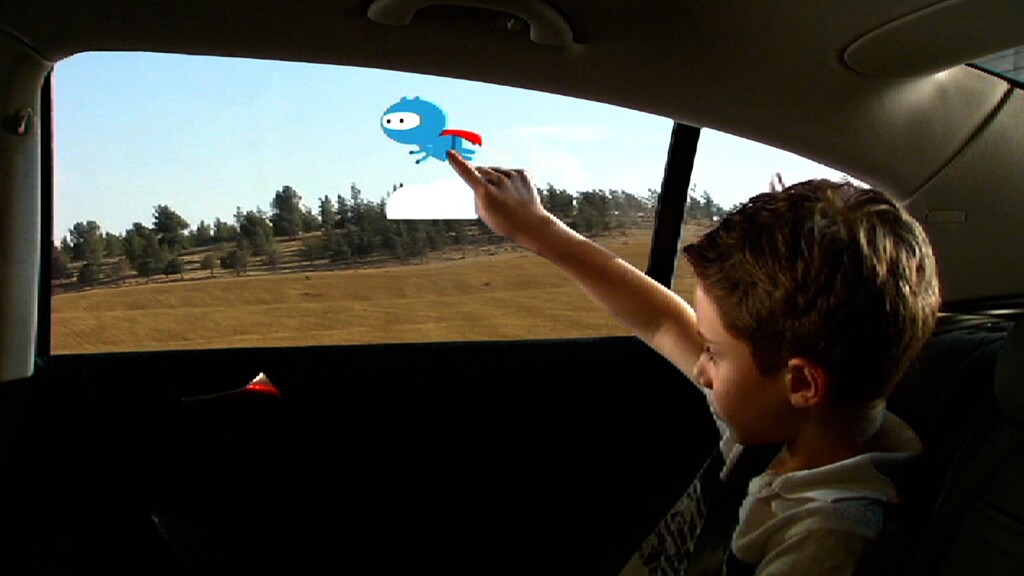In-car DVD players and handheld game consoles have proven a godsend to parents looking to avoid the regular cries of "are we there yet?" from kids in the back seat. Similar to Toyota's "Window to the World" concept, GM's "Windows of Opportunity" (WOO) project looks to advance back seat entertainment even further. The project saw the automaker giving researchers and students from the FUTURE LAB at Bezalel Academy of Art and Design in Israel free reign to design applications that rear seat passengers would interact with through their side windows, which act as interactive displays.



To inspire the students and let their creative juices run free when creating their applications, GM made it clear that it didn't have any immediate plans to put interactive display windows into production vehicles. However, the company said if they were to be put into production, they would likely use electronically charged "smart glass" technology, which can reflect projected images and is capable of variable translucence and transparency.
To demonstrate their applications, the students produced a full-scale functional prototype of a rear passenger seat and side window. The window was given multi-touch and gesture sensing capabilities using motion and optical sensor technology developed by interactive media display company EyeClick.
Otto:
Here's a selection of the apps the students came up with:
Features an animated character that is projected over passing scenery that responds to the car's speed, the weather and the landscape in real time.
Foofu:
Essentially an update of an old favorite with passengers able to draw on colored window condensation.
Spindow:
Literally provides a window to the world by letting passengers select a location on an interactive globe and projecting images from other user's windows at that location in real time.
Pond:
Lets passengers stream and share music with other cars on the road, download tracks, and display messages written on the window with passengers in other cars.
"Traditionally, the use of interactive displays in cars has been limited to the driver and front passenger, but we see an opportunity to provide a technology interface designed specifically for rear seat passengers," said Tom Seder, GM R&D lab group manager for human-machine interface. "Advanced windows that are capable of responding to vehicle speed and location could augment real world views with interactive enhancements to provide entertainment and educational value."
Whether any of the applications ever actually make it into production vehicles remains to be seen, but GM 's Omer Tsimhoni says such projects are invaluable as working with outside designers "brings fresh perspective to vehicle development. WOO is just one of many projects underway at GM that could reinvent the passenger experience in years to come."
Here's a video from GM detailing the WOO project.
Comments
Post a Comment